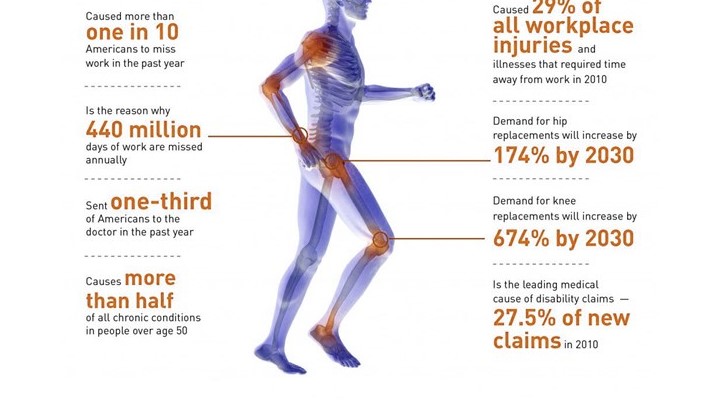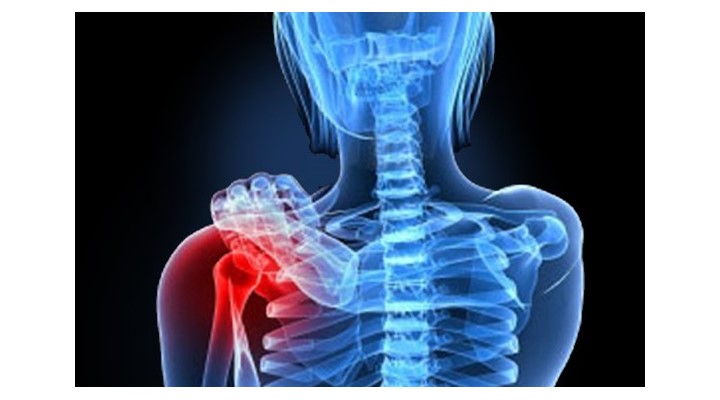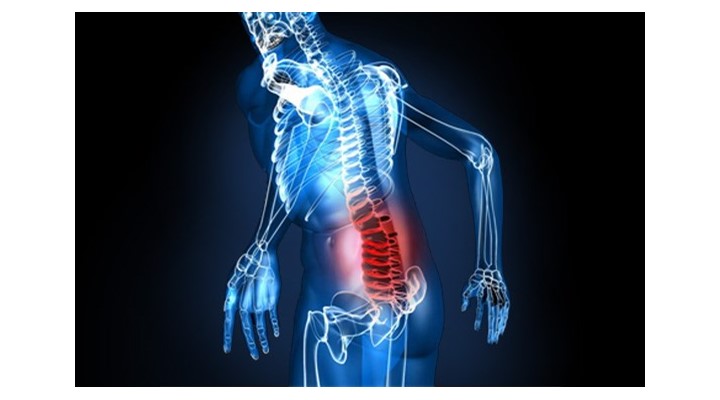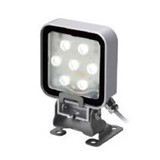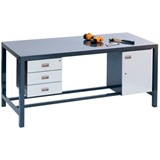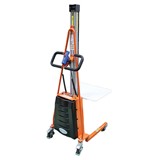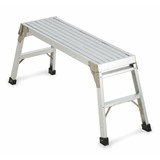The term work related muscular skeletal disorder is an umbrella term that describes a wide range of injuries that can affect the muscles, tendons, ligaments and nerves. These disorders reduce the ability of affected individuals to perform tasks and can lead to permanent disability in extreme cases. Muscular skeletal disorders/injuries can occur as a gradual build up over time or can manifest as a seemingly sudden 'blow out'.
Either way, the impacts are often costly and debilitating for both the employee and the employer. Some general symptoms of muscular skeletal disorders include weakness, discomfort, pain, swelling, early onset of muscle fatigue, and even inability to sleep.
The mechanism of injury and risk factors:
Muscular skeletal disorders vary in their mechanism of injury depending on what part of the body is affected.
For muscles cells the mechanism is generally a lack of blood flow due to continuous, frequent and repetitive muscle contractions. In turn this causes a build up of lactic acid and other waste materials which lead to inflammation of the muscle fibers and eventually the formation of scar tissue.
With regard to tendons and ligaments, muscular skeletal injuries are generally the result of interference with the tendon/ligament fibers ability to lubricate themselves. This leads to the formation of scar tissue, tears in the fibers and persistent inflammation.
With respect to nerve based muscular skeletal disorders, the inflammation of surrounding fibers can lead to severe compression of nerves which in turn impacts the ability of the affected nerves to function.
Despite the broad range of disorders that constitute muscular skeletal injuries there are consistent risk factors across the spectrum of disorders. The following are key predictors of the prevalence of work place muscular skeletal disorders:
- Fixed/constrained/awkward body positions
- Continual repetition of movements
- Force concentrated on small or weak parts of the body
- Insufficient recovery time between movements or tasks
- Vibration
- Poor health, fitness or nutrition
- Forceful exertion
How can we prevent Work-related Muscular Skeletal Disorders?
The key to reducing the impact and prevalence of work related muscular skeletal disorders on our economy and the quality of life of workers, is to minimise the exposure to risk factors in the workplace. It is about changing the paradigm in the Australian workplace and across the world. No employee should leave work in worse condition than they arrived. The technology and information is available for us to revolutionise our workplaces and it is time we brought the future into our workshops, our factories and our sheds.
The best solution to a such a broad issue as muscular skeletal injuries is a multifaceted approach that looks to target as many of the risk factors as possible. The following are a collection of strategies that are effective in addressing the risk factors for muscular skeletal injuries in the work place.
- Mechanisation/ Worker Augmentation: We do not have to replace workers with robots, but there are systems out there like the Ekso Bionics Zero G ergonomics tool arm and the Equipois X-Ar exoskeletal worker augmentation arm that are designed to relieve the stress placed on the muscular skeletal system while allowing workers to perform their tasks as they normally would. This type of engineered solution is a very direct and effective way to reduce the incidence of muscular skeletal injuries. The investment in this type of technology is small relative to the cost of muscular skeletal injury in the workplace. At this time there are several companies all over the world working on creating full body exoskeletal suits aimed at significantly reducing the exposure to injury through manual handling.
- Job Rotation: By planning jobs in such a way that workers are able to rotate from high impact/stress jobs to low impact jobs at regular periods, it is possible to significantly reduce the risk of muscular skeletal injury occurring. This sort of process not only aids with adequate recovery time for the muscular skeletal system, it can also lead to a happier, more productive workforce as the tedium of repetitive work is broken up and individuals develop multiple competencies in various areas or tasks.
- Task Enrichment: The aim of this technique is to broaden the variety of tasks built into an employees' role. This can be seen as an extension of job rotation where in an employee undertakes a greater ranges of tasks within their role to accomplish a job. Once again this technique relies on planning the work being undertaken based on the load being placed on the worker by the task. It is important to try and organise the task or job in a way that allows the muscular skeletal system of the employee to adequately recover from strenuous tasks.
- Organise tasks around a team: By rearranging tasks to be efficiently completed by a small team of workers, it is possible to share the load across the entire team thus reducing the impact on any one individual. The small, specialised team approach can lead to improved worker productivity and improved work place moral through the close interaction of team members.
- Workspace design: One of the key aspects to bringing workplaces into the future is work space design. This concept relates to ensuring the physical area in which work is done is optimised to reinforce ideal body movements and reduce exposure to awkward positions. This concept can be as simple as ensuring that the necessary components for a manufacturing job are within easy arm reach, or reducing the need for workers to bend down or reach up to get what they need. This also involves ensuring easy access and egress and installing innovative devices in the workstation to aid the employee in their role. A prime example of this is the Ekso Bionics Zero G bench mount and workshop trolley systems. These systems can be adapted to almost any work space and are perfectly suited to applications where the use of heavy tools or parts are an unavoidable part of the task.
For more information contact Safety Mits and bring the future into your workplace.


